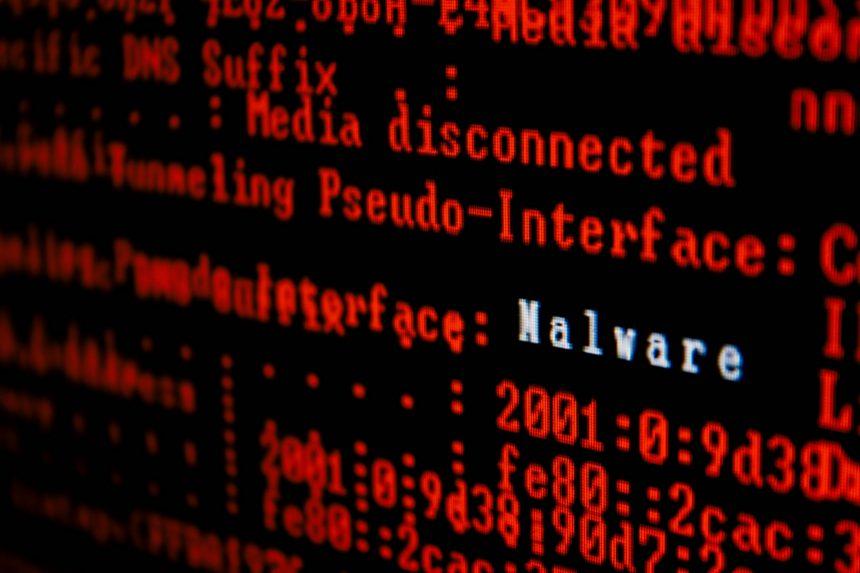The LPEClient malware, initially discovered in 2020, is a malicious software designed with the sole purpose of infiltrating victim systems, gathering information, and delivering additional malicious payloads from remote servers. This article provides insights into LPEClient’s characteristics, its dangers, and its evolving tactics, shedding light on the ongoing activities of the Lazarus group in employing this malware.
Deciphering LPEClient
LPEClient is a malware dropper that serves as a crucial component in the cyber operations of the Lazarus group. This malware is the initial point of infection for their targets. Once inside a victim’s system, LPEClient meticulously collects information about the victim, paving the way for the delivery of more harmful software. Over time, this malware has been employed in various attacks, with a particular focus on defense contractors and nuclear engineers.
LPEClient in Action
LPEClient operates stealthily and has been distributed through deceptive means. In some instances, it has been disguised as legitimate applications, such as Trojanized VNC or Putty software, luring victims into downloading it. In a notable case in July 2023, the Lazarus group targeted the cryptocurrency industry, using a different malware called Gopuram, which was part of a supply chain attack on 3CX. However, they still relied on LPEClient to deliver their final malicious software, indicating its enduring importance in their attack strategy.
The Dangers of LPEClient
The potential damage caused by LPEClient’s infiltration is substantial. It includes data breaches, espionage, and the deployment of additional destructive payloads, such as ransomware or keyloggers. LPEClient’s ability to operate silently, infiltrate systems, and extract sensitive information poses a significant threat.
Infiltration and Distribution
LPEClient is typically delivered through social engineering tactics and Trojanized software, including deceptive disguises as trusted applications. In some cases, it has been distributed via a malware loader, which exploits software vulnerabilities and other methods to infect systems.
Preventive Measures
To reduce the risk of malware infection, it’s vital to implement preventive measures:
- Keep software updated: Regularly apply updates and patches to address known vulnerabilities.
- Employ robust cybersecurity solutions: Utilize reputable antivirus software and firewalls to protect your system.
- Exercise caution when downloading files: Avoid downloading files from unknown or unverified sources.
- Beware of email attachments: Be cautious with unsolicited email attachments and suspicious links.
- Avoid interacting with pop-up ads on suspicious websites.
- Do not download pirated software or unofficial tools.
Conclusion
The ongoing evolution of the LPEClient malware highlights the unwavering dedication of threat actors to enhance the effectiveness and stealth of their malicious tools. This malware’s capacity to infiltrate systems, gather sensitive information, and deliver additional payloads underscores the substantial threat it poses. Taking proactive measures to safeguard your system against such threats is crucial in maintaining cybersecurity.





